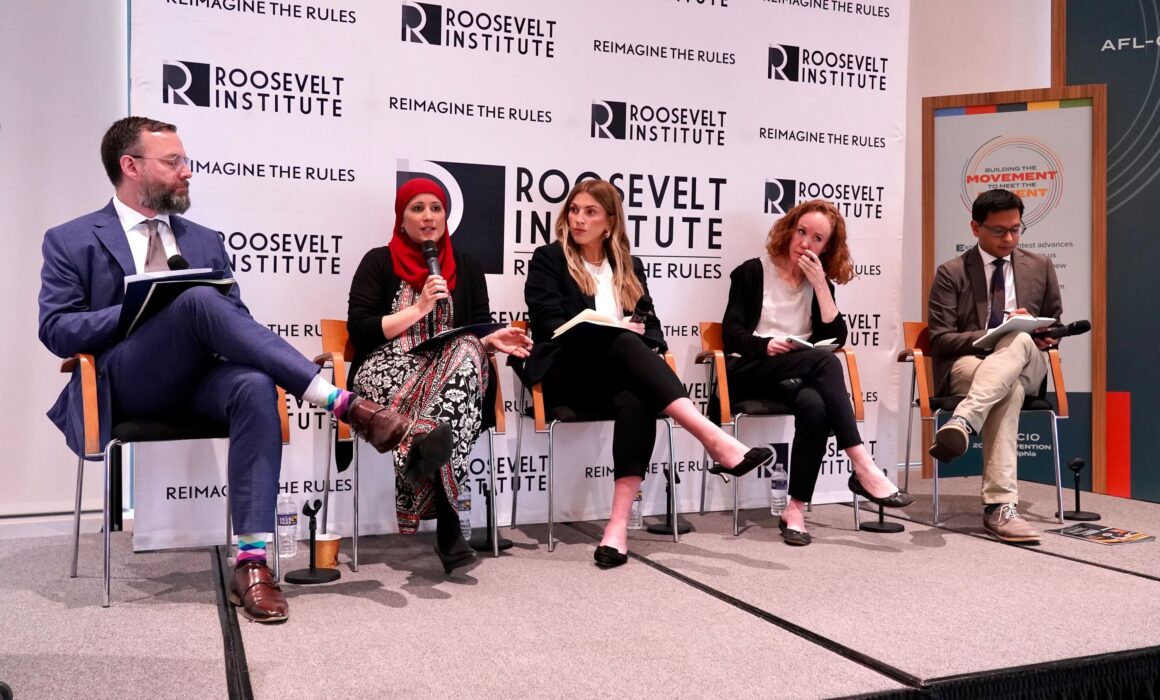Four Takeaways from Roosevelt’s Industrial Policy Synergies Event
April 26, 2023
By Todd N. Tucker and Isabel Estevez
On April 25, 2023, the Roosevelt Institute hosted an in-person event in Washington, DC, to mark the release of our new report: Industrial Policy Synergies: Reflections from Biden Administration Alumni.
Six former administration officials from the first two years of the Biden presidency contributed to this collection of essays, including Sameera Fazili (ex-National Economic Council), Jane Flegal (ex-Climate Policy Office), Jennifer Harris (ex-National Security Council), Janelle Jones (ex-Department of Labor), K. Sabeel Rahman (ex-Office of Information and Regulatory Affairs), and Tim Wu (ex-National Economic Council).
From their unique vantage points, the authors explore how a multifaceted, all-of-government approach to industrial policy can be more effective than ad hoc policy that only targets production of a given widget or another. In particular, they recount passage of the Infrastructure Investment and Jobs Act (IIJA), CHIPS and Science Act, and Inflation Reduction Act (IRA); reflect on the early days of implementation; and outline what remains to be done for an inclusive economic development strategy.
The event featured four of our authors, plus opening remarks by Roosevelt Institute President and CEO Felicia Wong, panel moderation by one of us (Todd), and audience questions. You can find the full video here, and relevant time stamps throughout this blog post.
Here, we highlight four key takeaways from the event.
- Fixing economic vulnerabilities requires rebuilding administrative capacity.
- Industrial policy requires close attention to domestic politics.
- International politics needs to realign around green industrial policy goals.
- Government need not be the place good ideas go to slow down.
Fixing economic vulnerabilities requires rebuilding administrative capacity.
Speaking of her experience [15:02] managing acute supply chain vulnerabilities during the pandemic, Sameera Fazili discussed how the administration built crisis response capacity to fulfill a critical industrial policy function: proactive supply chain coordination. “The private sector doesn’t have the tools, information, or sometimes the will to solve these systemically significant supply chain vulnerabilities,” Fazili explained [17:48].
But agile supply-side government intervention can have surprisingly quick impacts. Fazili recounted how, by leveraging its convening authority, the administration led supply-chain-wide problem-solving among port operators, shipping, trucking, and warehousing companies that reduced bottlenecks at the nation’s ports by 60 percent within three to four months [18:28]. Similar efforts to coordinate between industry and labor led to the creation of 100 apprenticeship programs within three months that contributed to easing the 80,000 worker shortage in the trucking industry [19:25].
Beyond crisis management, fixing supply chain vulnerabilities is a long-term challenge that requires undoing decades of damage: “It was very clear that decades of free market fundamentalism had really left our economy vulnerable and weakened our national security, and we no longer had the capacity to produce essential goods” like chips and pharmaceutical ingredients, said Fazili [15:02], highlighting risks posed by concentration of productive capacity in few companies or geographies. Challenges of this magnitude won’t be solved by private actors alone, she noted:
The private sector kept coming to us and saying, ‘We don’t know what to do . . . we don’t have a plan on how to act . . . we need you to act in some way.’ . . . [S]o many companies used chips in their products but had no idea how chips were actually made and got into their products. Even corporate leaders who were not paying attention to how they sourced these goods, how they designed their products . . . and the companies themselves lacked power over the wafer manufacturers to help influence their own decisions on where to build their companies. [16:20]
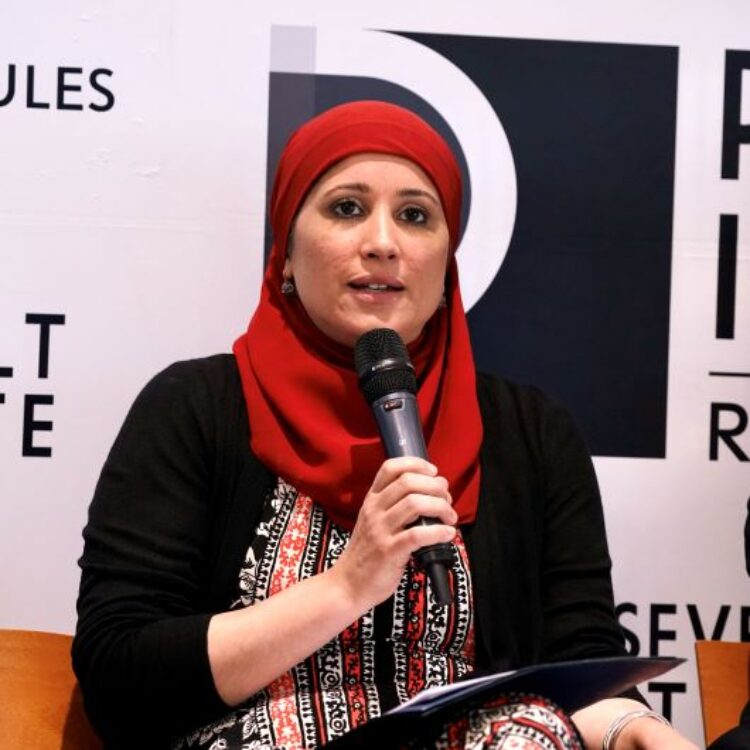
Sameera Fazili, Former Deputy Director at the National Economic Council
These experiences add up to a strong case for further development of administrative capabilities for strategic industrial planning and coordination.
Industrial policy requires close attention to domestic politics.
Reflecting on the challenges of delivering on her “singular obsession” with industrial decarbonization, Jane Flegal repeatedly emphasized that climate objectives will not be achieved without getting the politics right:
Taking a step back, I actually think the greatest threat to the experiment that we are humbly embarking upon is the sclerosis of our democracy and the distrust in our public institutions. . . . What we are trying to do here is rebuild and revitalize those things. Without a functioning, healthy, vibrant multiracial democracy, it really doesn’t matter what we do to try to tackle the climate crisis—it will not work. [48:08]
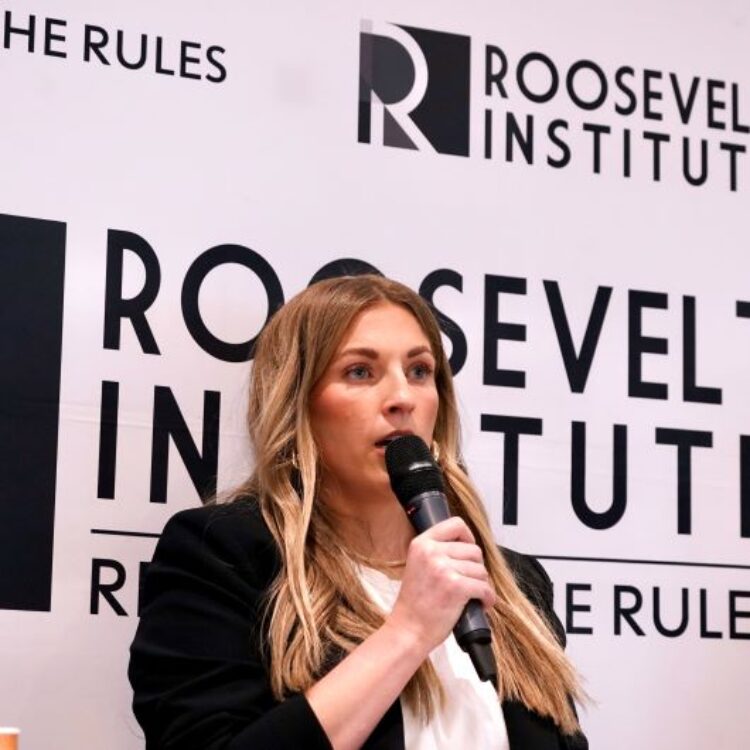
Jane Flegal, Former Senior Director for Industrial Emissions at the White House Office of Domestic Climate Policy and the Council on Environmental Quality
Arguing for an inclusive, holistic, whole-of-government industrial policy, Flegal explained [1:20:02] that trade-offs between desirable public interest objectives certainly exist, but are often overstated and misunderstood. There are cases “where multi-solving does make the most sense on policy substance” Flegal argued, spotlighting the challenge of cleaning up highly polluting industrial facilities like steel—the vast majority of which are located in low-income communities of color, which suffer devastating health impacts from industrial pollution. “We need to be slightly more analytical” in our characterizations of what trade-offs and obstacles to rapid industrial transformation truly exist, Flegal urged [1:25:40], pointing to a number of empirical studies that challenge recent interpretations of the nature of those obstacles. (Her remarks corroborate insights from experts at a recent Roosevelt Institute forum).
On the need to build momentum for further climate action, Flegal discussed the notion of green spirals: “The IRA, and the IIJA, and the CHIPS Act . . . will not be enough to achieve the president’s climate ambitions, so the question is, what future action do they enable?” [49:00]
Once again, politics are central to catalyzing and accelerating change: “It is incredibly important to grow the coalitions and concentrated interests that stand to benefit from more aggressive climate policy. . . . Long-term emissions benefits of our actions today are often not obvious . . . but delivering jobs, cleaning up people’s air and water . . . people will feel those things today in a way that should help build momentum for future climate action,” Flegal said [1:21:58]. Success will require “much more affirmative and healthy community engagement at the local and state level about the kinds of projects communities want, and projects developers and governments that are responsive to those needs on the front end” [49:28].
International politics needs to realign around green industrial policy goals.
In recent months, US trading partners have expressed increasing skittishness about the scope and scale of US clean energy investments. At the same time, there is increasing evidence that, behind this rhetoric, policies like the IRA are leading to a “race to the top” in actual actions.
Jennifer Harris applauded this development, and called for a foreign policy that prioritizes the needs of decarbonization and working people, and understands how markets factor in. “Markets are not an end unto themselves. Market access is a privilege, not a right. These are tools that need to be brought into the service of larger national aims. Right now, those aims are building and rebuilding the physical, energy, and technological infrastructure of this country” [28:45]. She cited the Global Arrangement on Sustainable Steel and Aluminum as one example of this new policy approach.
She noted, however, that this pivot will require tough choices:
If that’s the project of the next several decades, what are we leaving behind? What are we not doing?. . . It’s a singular obsession with trade policy understood narrowly as about reducing tariffs. We did that! We did that in the nineties. Whether it was right or wrong, it’s done now. The idea that we would spend whole agencies’ worth of person hours continuing to beat that drum is nonsensical. . . . Things like the Indo-Pacific Economic Framework, their jumping off point is, we did tariffs in the nineties, the problems that we have now, like supply chain crises, are frankly far more expensive to the bottom line of competitiveness of any US sector, and we need to develop new processes and muscles to go at these problems.
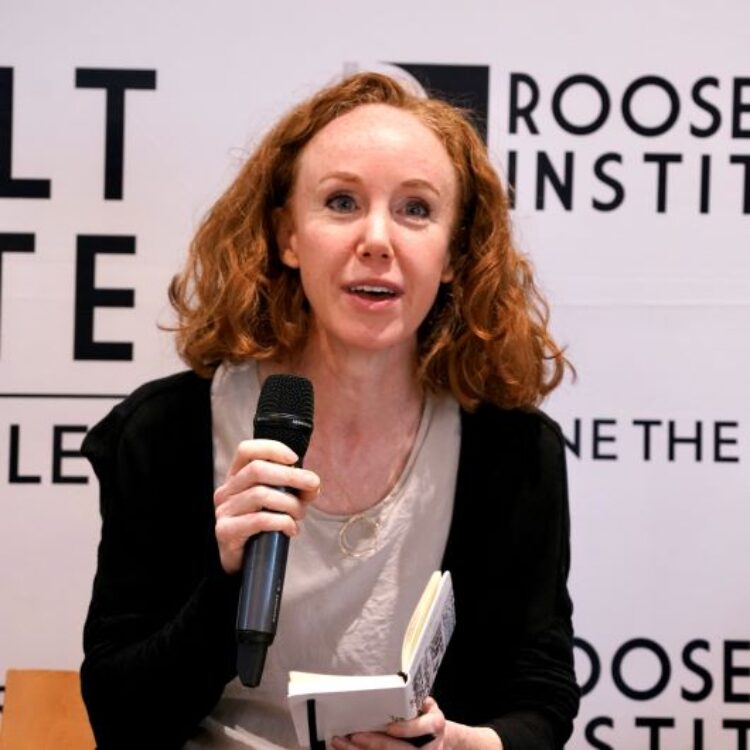
Jennifer Harris, Former Special Assistant to the President and Senior Director of International Economics at the National Security Council
Instead of a zero-sum economics where the US attempts to subsidize its own producers at the expense of other countries, the Biden administration’s posture is more collaborative. Harris noted: “Not only do you have our permission to do it too, we need you to do it too, and in fact, we’re going to help you. And we’re going to start reorienting US foreign policy around taking the idea of green industrial policy global” [53:56].
Government need not be the place good ideas go to slow down.
Last but not least, K. Sabeel Rahman noted the vital role that career civil servants and the bureaucracy play in making industrial policy function. As the leader of OIRA, he presided over an agency with a historic mandate to review regulations through a cost-benefit lens, and a reputation among progressives for slowing good government agency initiatives down.
President Biden came into office with a different vision. As Rahman explains,
From climate, to immigration, to every piece of American Rescue Plan paper and dollars [that] went through our office; you name it, we saw it. That makes OIRA a really important function, but also a gatekeeper for the ability of government to do big things. . . . For this administration, as part of the president’s day one actions . . . was a charge to rethink the regulatory review process. Specifically to make sure we were doing the work in a way that focused on the long-term costs of climate, of human dignity and equity, of making sure that government can respond robustly to the challenges we face. . . . Part of our role was to think about, how do we redesign the internal machinery of government to move and act at scale? [37:46]
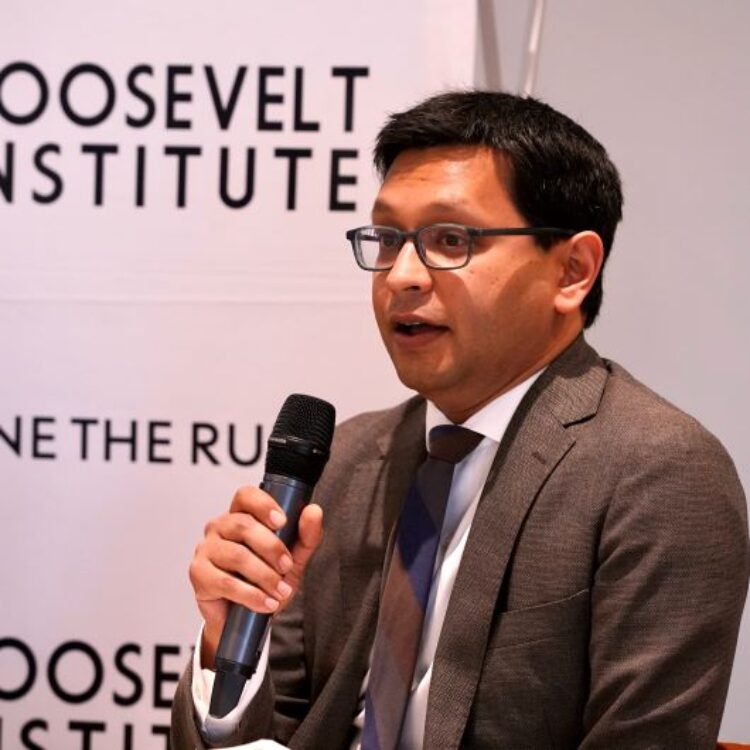
K. Sabeel Rahman, Former Senior Counselor and Associate Administrator in the Office of Information and Regulatory Affairs in the Office of Management and Budget
One of the proposals Rahman and his team came up with is to front-load consultation with communities likely to be affected by regulations and industrial policy initiatives while these are still in formation. This contrasted the historic modes of interacting with the public, which often came at the very end, once a policy was fully baked. He linked these efforts to the very idea of self-government: “When the president ran his first campaign, he talked about the whole suite of crises as partly a defense for the idea of democracy. . . . [I]n a democracy, government actually has to deliver what the democracy calls for. When you are talking about industrial policy and these investments, it really matters that those impacts . . . feel real.” [56:25]
And as each author described, that build-out will be the central project of the coming decades.
“Let’s try these different ways of doing things, because it’s going to be our jobs, it’s going to be this policy generation’s job to innovate the new models of how government functions in order to make [industrial policy] work,” Rahman said [59:20].
